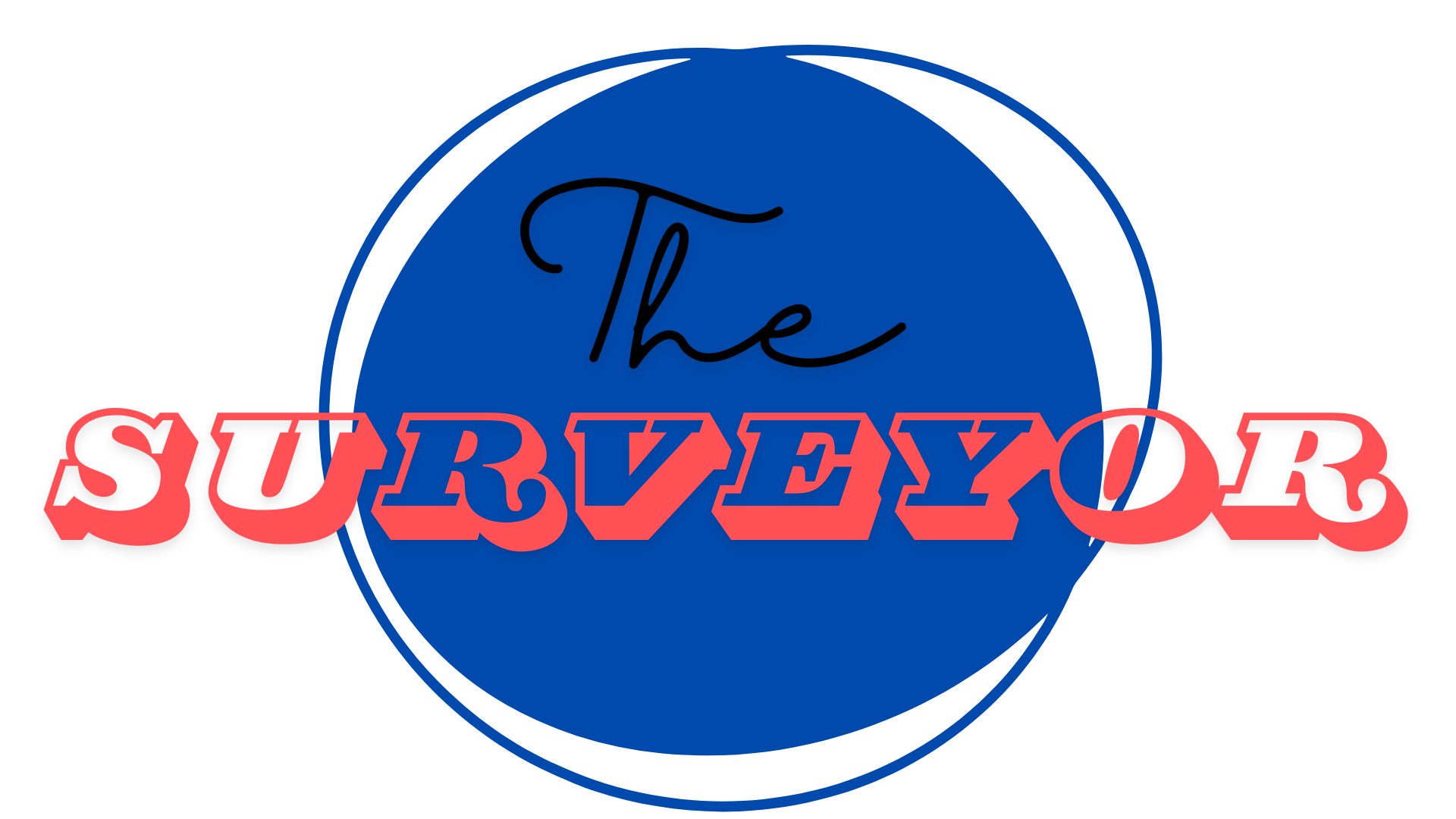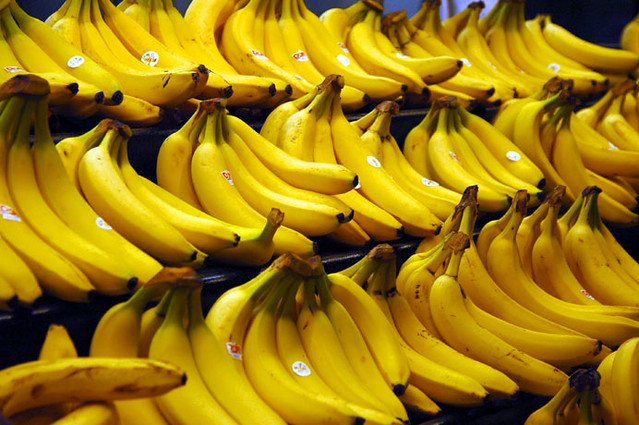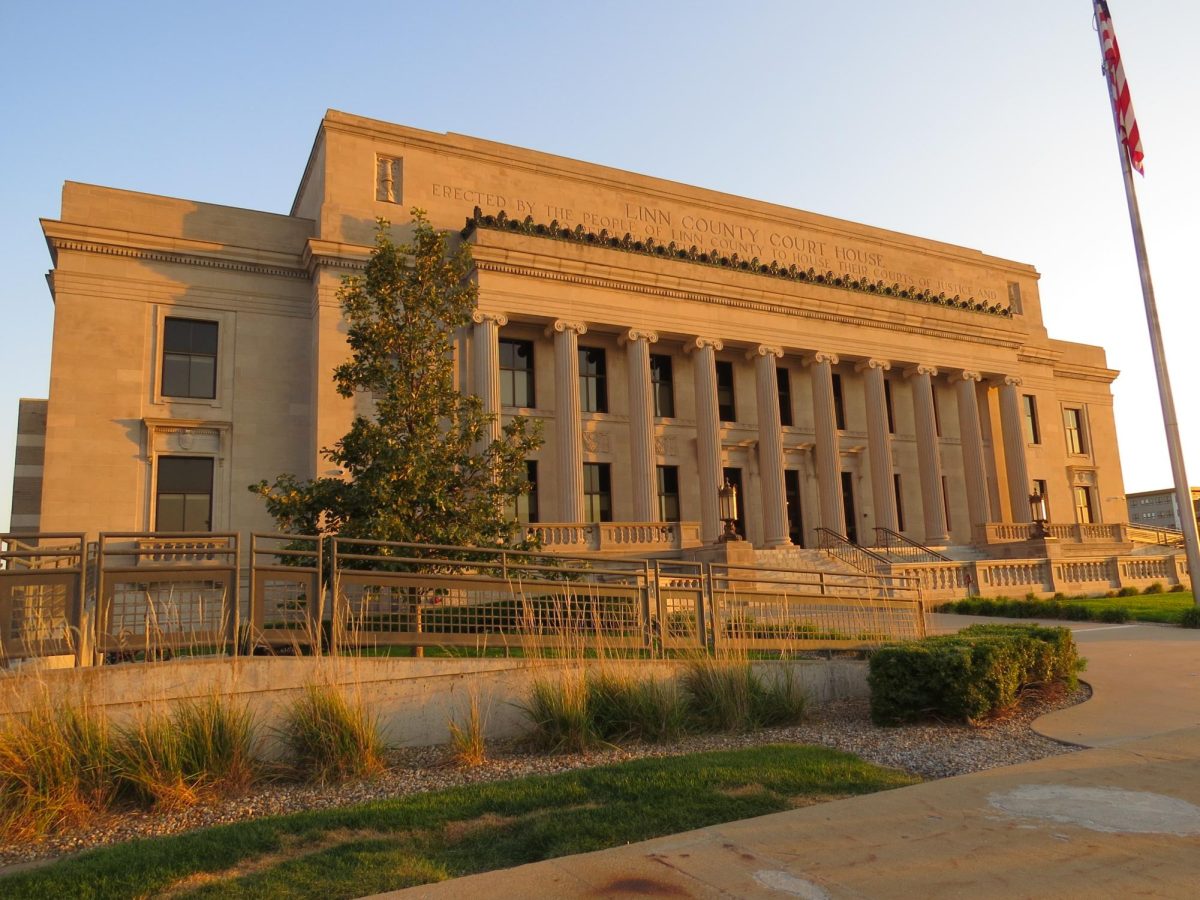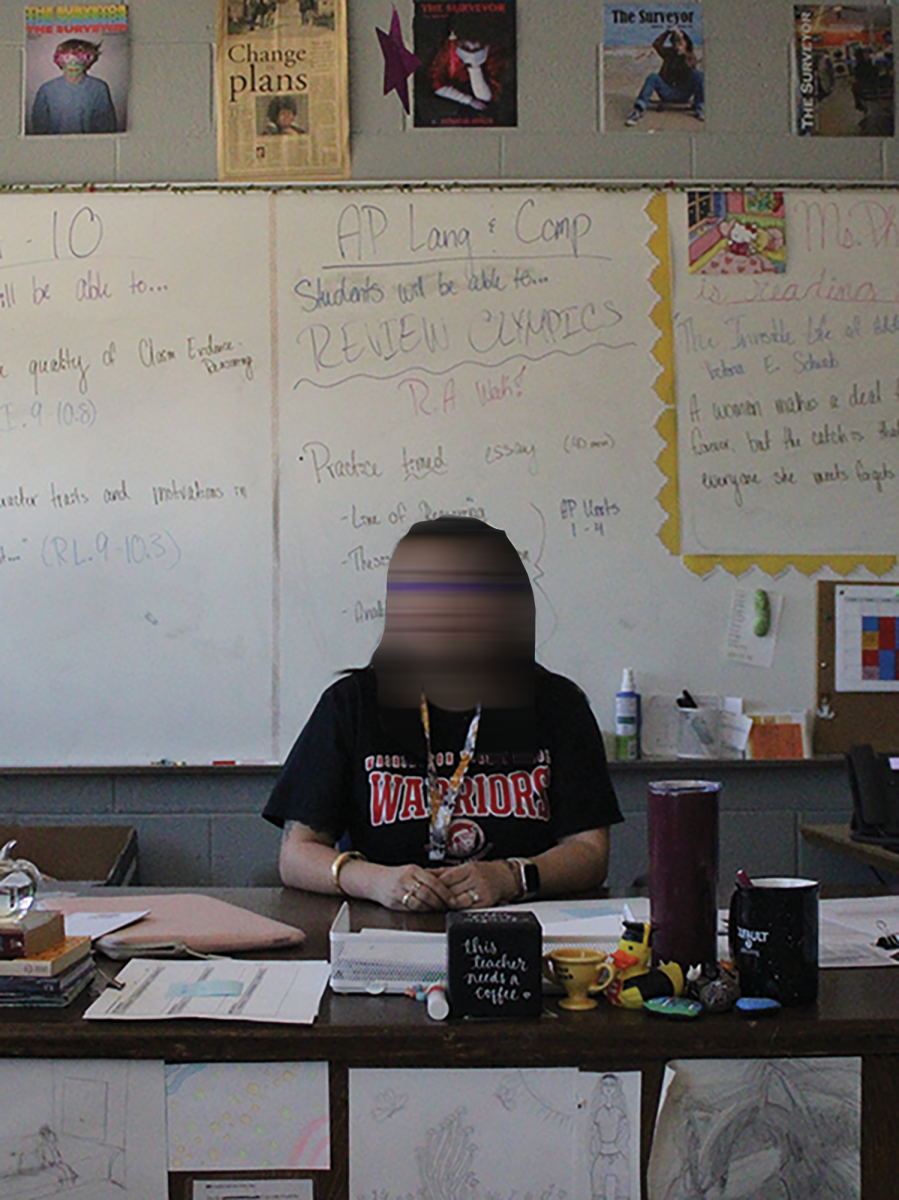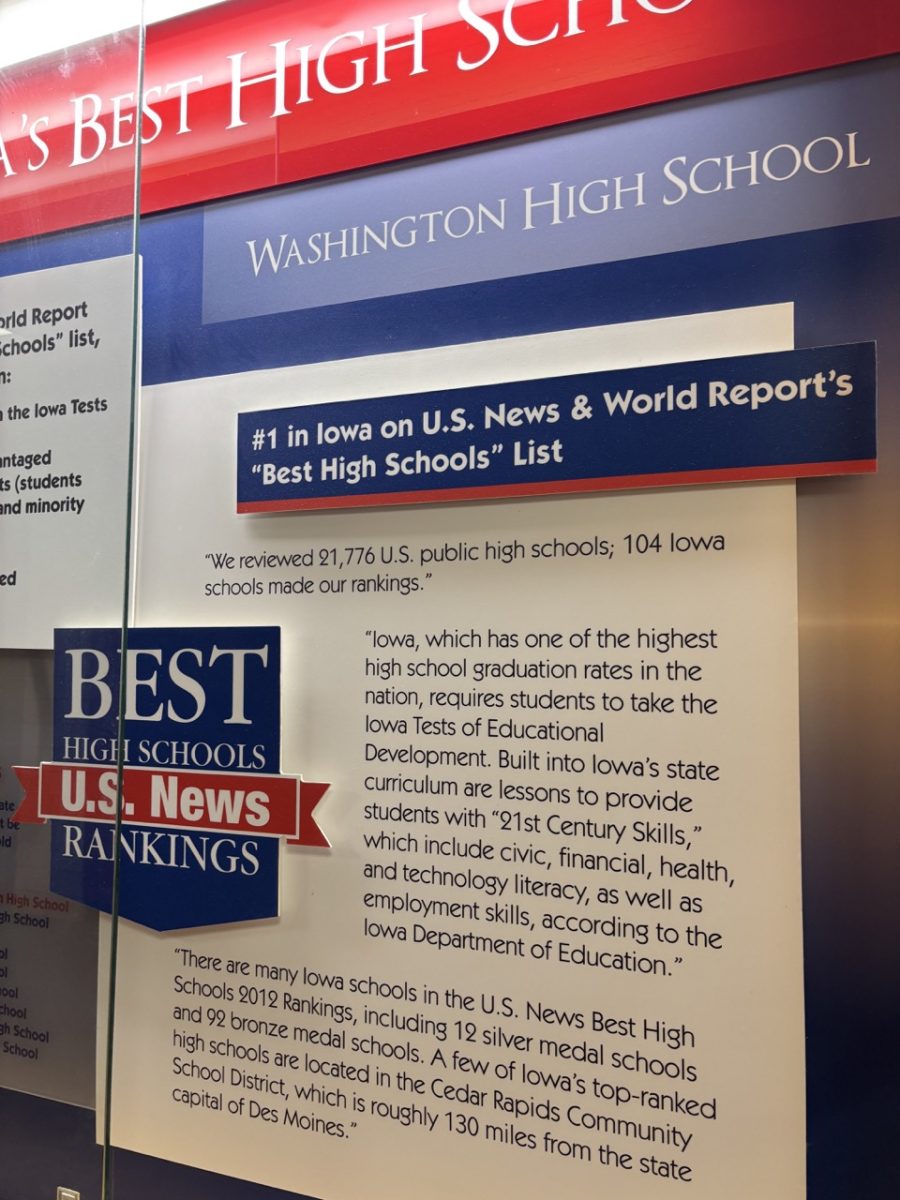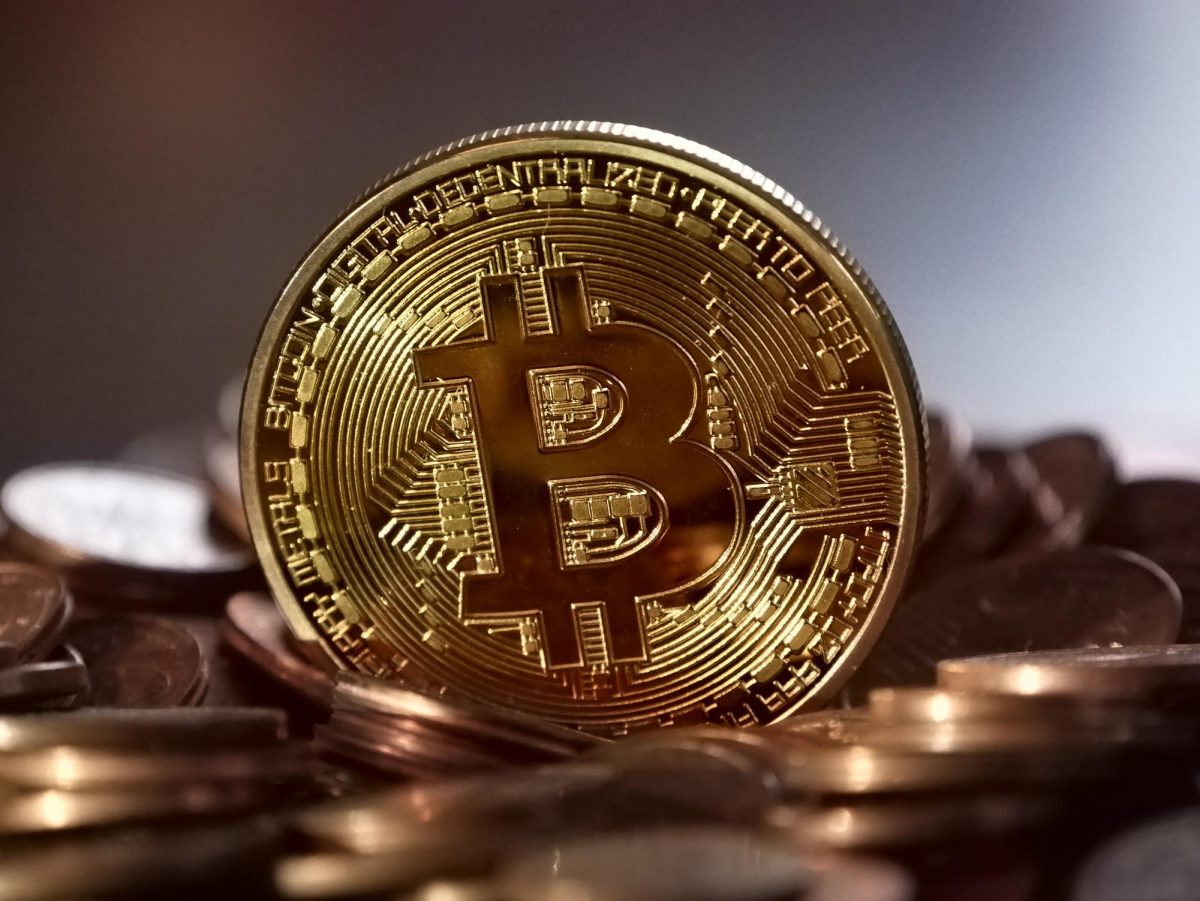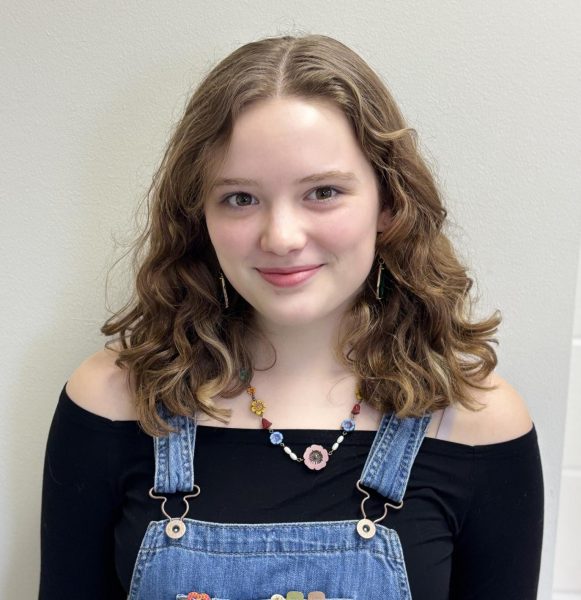How would you feel if you could never eat a banana ever again? Well that is the dilemma the world’s banana farmers are encountering right now. Bananas are considered the fourth most important food crop, after wheat, corn, and rice. It is estimated that the average American eats 26.2 pounds of bananas per year- more than apples and oranges combined. But a recent discovery of a banana-killing fungus is threatening bananas as we know and love them. They likely only have 10-30 years left, according to Dan Koeppel, author of Banana: the Fate of the Fruit that Changed the World. But as it turns out, this mushy disaster may be for the best!
To really understand the fate of the banana, we have to look back over 500 years, to the original Banana Republic, the economic authority of Central America. Up until the 1950s, the most widely consumed banana was the Gros Michel. Out of over 1,000 banana varieties, the Gros Michel (or “Big Mike”) was considered the biggest and the tastiest. Bananas were originally grown in Southeast Asia, and came to the Americas in the 1500s. By the 1800s, a monopoly had been built on the banana industry, known as the Banana Republic. Central American governments were bribed by the United Fruits company, which would later be re-branded as the fruit company we know today, Chiquita. Massive plots of land all throughout central America were cleared to make space for banana plantations, which were known as “banana zones.” The Gros Michel banana ruled the western trade industry and became the foundation of the Central American economy.
In the 1910s, a deadly disease overtook the banana industry. The Fusarium Fungus, known by most as the Panama Disease, plagued Central America. The fungus spread rapidly, since all it needed to spread was to touch uncontaminated dirt. Farmers and workers tracked contaminated soil from plantation to plantation – and soon from country to country – on boots, railroad lines, and shipments. The fungus rotted the banana trees from the inside, and there was nothing they could do to slow the decay. By the 1950s, the Gros Michel was nearly eradicated, and nearly all Central American banana farmers were out of a job. The Central American economy crashed from the loss of the Gros Michel, and United Fruits scrambled to find a replacement.
Enter: the Cavendish. The Cavendish banana was chosen as the new mass-produced grocery store banana for two main reasons: its immunity to the Panama Disease, and its visual similarity to the Gros Michel. The Cavendish became the main banana on our shelves, and hardly anyone noticed the decline in flavor quality. The Cavendish reigned for three decades without any problems, until 1992. A new strain of the Fusarium Fungus was discovered in Southeast Asia- a strain that the Cavendish was not immune to. Since then, the Panama Disease has been spreading through Central American banana farms, killing trees and putting more and more farmers out of a job. Now, the Cavendish banana is projected to die out by 2055.
But all hope for the world’s favorite fruit is not lost. Over 1,000 varieties of bananas exist in the world, and that’s not even the craziest part. The craziest part is that nearly all of these varieties are widely considered to be much tastier than the Cavendish that we are used to. Youtuber Sweet Natural Living, a world traveller who vlogs his adventures, recorded a video of himself tasting and reviewing seven kinds of bananas. “Bananas have amazing taste profiles. You might just be used to your normal cavendish banana, and that’s the most boring banana there is.” He concludes his video by saying “These bananas are so interesting in their taste and they have so many different nuances…even a cavendish, if you grow it in good soil, it becomes big and tasty like this, full of minerals. Not like the junk that we get in [supermarkets].” So what’s the problem? Why don’t banana farmers just switch to mass producing the Sugar banana, known for its brown skin and juicy insides, or the Ducasse banana which is short and greyish, but tastes sweet and creamy? The real answer is quite sad.
When United Fruits was initially searching for a replacement to the Gros Michel in the 50s, they were concerned that if they chose anything that looked less appetizing than the big yellow banana American consumers are used to, sales would go down and their billion dollar monopoly would crash. Due to the needs of capitalism, generations of Americans have been cheated out of admittedly less appetizing, but delicious fruits. But the truth is, United Fruits may have been right to think the way they did. We showed five Washington students and staff a picture of a Ducasse banana and asked if they would try it rather than selecting the average Cavendish that they’re used to, and all unanimously rejected the Ducasse.
So how can we salvage the grim fate of the banana? The answer is something we’ve been told all our lives: how do you know you don’t like it if you don’t try it? Yes, the other bananas look unappealing. But when you un-peel them, they are delicious!
